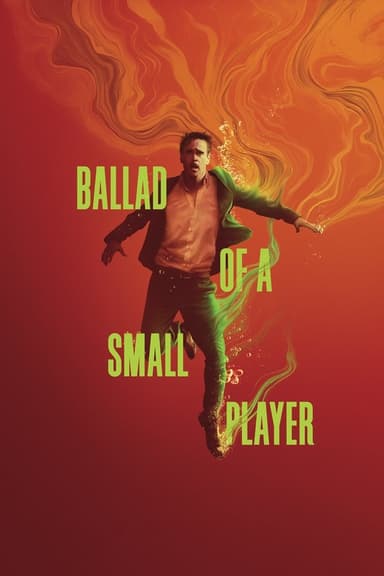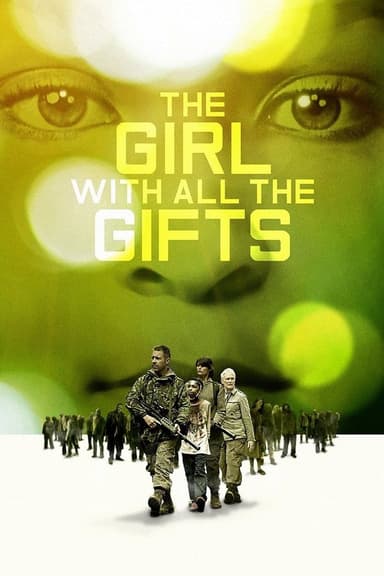
The Forgiven
2022 • Drama • R
Over a weekend in the High Atlas Mountains of Morocco, a random accident reverberates through the lives of both the local Muslims and Western visitors to a house party in a grand villa.
Runtime: 1h 57m
Why you should read the novel
Reading Lawrence Osborne’s novel, The Forgiven, offers a deeper exploration of its complex characters and psychological nuances than the film can provide. The book delves meticulously into the inner lives and cultural tensions between the privileged Western visitors and their Moroccan hosts, providing a richer understanding of their motivations and conflicted morality. The prose paints the arid landscape and the searing atmosphere with vivid detail, immersing readers in a world where every gesture and silence carries weight.
With its slow-burning suspense and philosophical undertones, the novel prompts readers to reflect on themes of atonement, entitlement, and the consequences of careless actions. Osborne’s narrative is unhurried, drawing you into the intricate web of interactions and giving space for introspection and emotional resonance. Each page offers evocative descriptions and sharp social commentary that linger long after reading, making the experience more profound than a two-hour visual adaptation allows.
Opting for the book over the movie allows you to savor Osborne’s exquisite language and insight, uncovering layers of ambiguity that might be lost on screen. The depth and subtlety captured in the novel’s pages make it a rewarding read for anyone seeking a challenging, atmospheric, and thought-provoking story that goes beyond cinematic recreation.
Adaptation differences
One of the most striking differences between the adaptation and the book is the treatment of character psychology. In the novel, readers are given access to the internal thoughts and feelings of key characters, particularly David and Jo Henninger, allowing for a nuanced understanding of their internal conflicts, guilt, and rationalizations. The film, constrained by the visual medium, often communicates these complexities through dialogue and performance, resulting in a less intimate portrayal of their psychological journeys.
The pacing and structure also diverge significantly. Osborne’s novel takes its time, immersing readers in the slow unraveling of events and the simmering tensions between the cultures. The movie accelerates the timeline and condenses some subplots, giving less room for secondary characters and subtle developments that enrich the source material. This change can affect the narrative’s sense of buildup and catharsis, making the movie feel more direct but less layered.
Another notable difference lies in the thematic emphasis. While the novel lingers on philosophical questions about atonement, justice, and the legacy of colonialism, the film focuses more on plot and atmosphere, sometimes glossing over the deeper moral ambiguity central to Osborne’s prose. The adaptation may highlight specific scenes or confrontations for dramatic effect, but these moments can lack the context and reflective weight present in the book.
Finally, certain character arcs and relationships are altered or abbreviated in the film. The complexity of the Moroccan supporting characters is particularly reduced in the adaptation, offering a more Western-centric perspective. The book provides a more balanced and critical look at both sides of the cultural divide, making the narrative richer and more challenging than its cinematic counterpart.
The Forgiven inspired from
The Forgiven
by Lawrence Osborne











